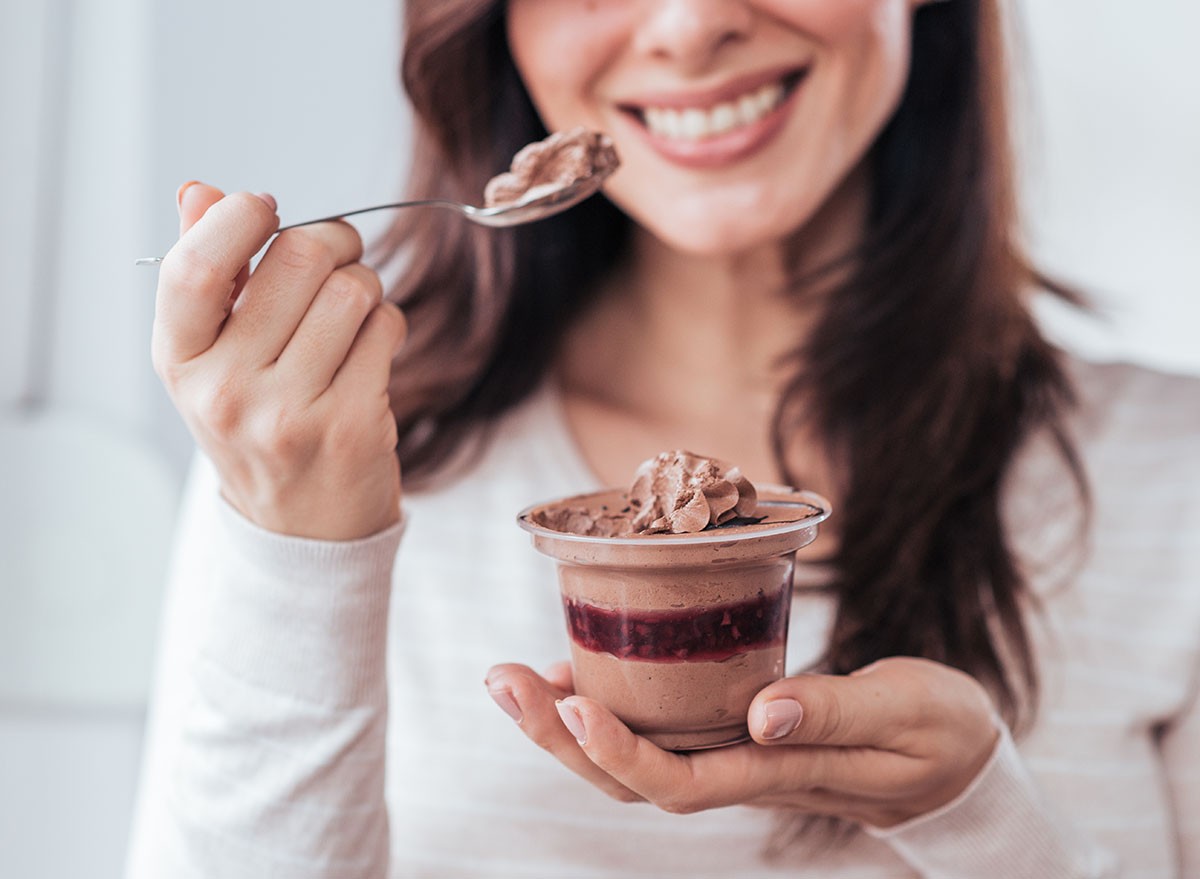5 Habits You Think Are Blasting Belly Fat But Are Doing the Opposite

Are you taking all the proper steps to get rid of belly fat, but it doesn't seem to go anywhere? You could be doing more harm than good. Justin Gichaba is a nutrition coach who helps "busy professionals lose 10lb+ fat & gain muscle," he writes on his Instagram bio. In a new post, he reveals some habits that he thought were helping him blast belly fat when they were doing the opposite. "5 innocent habits that I never realized made me GAIN belly fat, when I was trying to lose belly fat," he writes.
Sacrificing Sleep to Exercise
Sacrificing sleep to work out is the first no-no. "Chances are it is making it worse. Not getting enough sleep can lead to increased levels of cortisol, a hormone that is associated with belly fat and make it hard to lose fat when in excess. Also, you will decrease your energy throughout the day making it hard to move and burn calories. Make sure to sleep 7-8 hours a night for optimal fat loss," he says.
Skipping Meals

Skipping meals is another counterproductive habit. "Skipping meals made me binge eat WAY more. I thought by skipping a meal I would eat less calories, but I ended up eating more in the few meals I had to compensate," he says. "I also was much less adherent to the diet. All in all, it lead to me not losing fat and an impossible diet to stick too for me."
RELATED: 8 High-Protein Foods with Nearly Zero Calories That Melt Fat
Restricting Food Groups

Restricting food groups is not a good idea. "At one point in time, I thought a lot of different carbs were bad. I stayed away from bread, oatmeal, and everything else the carnivore and keto people tell you to never eat," he explains. "This just made my diet much easier to stick with, leading me to randomly binge eat and end up losing no weight at all. Soon after, I learned that most carbs that are not ultra-processed are just fine for most people and ate more carbs again. When I could include the foods I loved, I then started to lose weight."
Skipping Dessert

Don't skip dessert. "I will NEVER skip dessert again. Dessert is something I was far too accustomed to, so skipping it would give me crazy cravings making it hard to stick with my diet," he writes. "Once I allowed myself to eat the occasional ice cream or other sweets, it made it much easier to stick with my diet. I also started making yogurt parfaits every night which were extremely healthy but still satisfied my sweet tooth with the dark chocolate."
Cutting Too Many Calories

The final mistake is cutting too many calories. "Cutting close to 1,000 calories was a terrible idea. It made me extremely sluggish, move less, and didn't speed up my weight loss," he writes. "Instead, you should try cutting only 300-500 calories at a time. This is much more sustainable in the short and long-term as it combats extreme hunger and the possibility of your metabolism adapting and slowing down." And if you enjoyed this article, don't miss 12-3-30 Walking Method: 20 Proven Tips to Lose Weight Faster.




